Car accidents often require a thorough examination of evidence to establish fault and secure a fair outcome.
After a traumatic and legally complex event like a car accident, a car accident lawyer will know the types of evidence that can bolster your case. A car accident attorney can obtain strong evidence, use it to strengthen your claim, and get you the case result you deserve.
The Importance of Evidence For Your Car Accident Claim
Unfortunately, car accidents happen too often. In a recent year, the NHTSA documented well over 5 million police-reported collisions. Collisions regularly result in injuries, expenses, and losses, which require victims to file claims to pursue fair monetary recovery.
In a car accident claim, you must prove several vital details to get the compensation you need. Most importantly, evidence can help show the cause of your accident, establish liability, and prove the extent of your damages.
Showing Cause
First and foremost, you must determine what caused your accident. While this detail may be straightforward in some accidents, it can be tricky in others.
Many car accidents are caused by driver negligence.
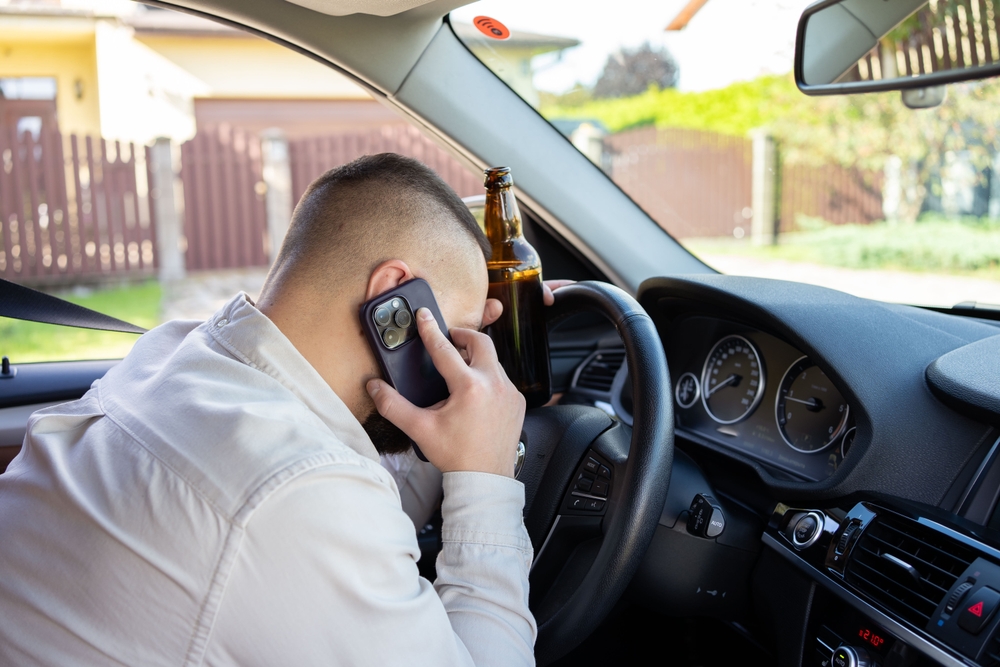
Some dangerous driving behaviors that most often contribute to collisions include:
- Distracted driving
- Driving under the influence
- Speeding
- Aggressive driving
- Reckless driving
- Running red lights and stop signs
- Failing to yield when appropriate
- Unsafe turns and lane changes
Hazardous road conditions, inclement weather, and defective or malfunctioning products are other factors that commonly contribute to vehicular accidents.
Evidence can shed some light on what caused your accident and help prove it. For example, if you believe another driver’s reckless driving caused your accident, surveillance or traffic cam footage can show this.
Establishing Liability
Once you know what caused your accident, you must establish fault. In many cases, one party holds sole responsibility, but in others, multiple parties may share the blame.
At fault for car accidents include, but are not limited to:
- Drivers
- Drivers’ employers
- Repair and maintenance companies
- Governmental entities
- Product designers and manufacturers
Evidence can significantly aid in proving a party’s liability for an accident. Producing strong evidence to show the responsible party’s fault can help get you one step closer to obtaining the compensation you need following a collision.
Proving Damages
When seeking damages, it is not simply enough to state the value of your losses; you must prove them. Certain pieces of evidence, like bills and receipts, can help show the value of your economic losses, while other documentation, like medical records, can help prove non-economic losses.
Evidence that Helps Most in Car Accident Cases
Several pieces of evidence can prove the necessary details in car accidents. Below are just some of the evidence that helps most in vehicular collision cases.
You may have the opportunity to gather some of the evidence yourself, but a car accident attorney also has the skills and resources to collect evidence and documentation to support your case.
Police Reports
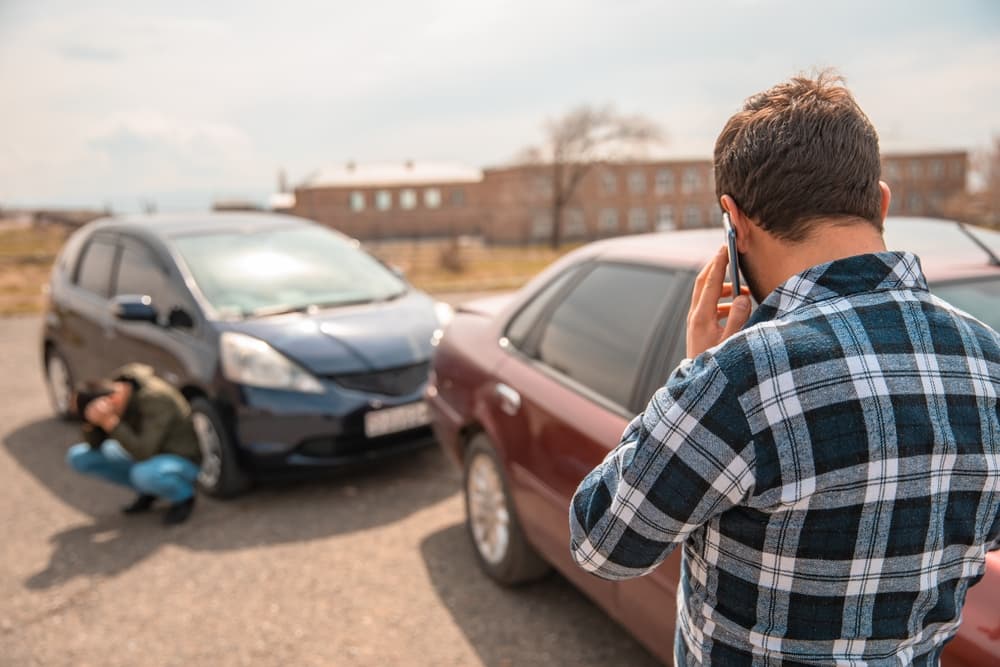
Calling law enforcement is one of the most critical steps in a car accident. At the scene, police officers speak to involved parties and witnesses and gather vital evidence to create an accident report. The resulting police report documents vital evidence.
This document typically includes:
- Accident details: Time, date, and location of the accident.
- Parties involved: Names, contact information, and insurance details of all parties.
- Officer’s observations: The officer’s notes on road conditions, weather, and any potential contributing factors.
- Officer information: The responding officers’ names and badge numbers.
Police reports are important because they offer an official account of the collision. They can help establish facts such as who was at fault or whether there were any legal violations, such as speeding or running a red light. While police reports may not always be conclusive in determining fault, they can be valuable to your case.
Photographs and Videos
Visual evidence is incredibly powerful in car accident cases.
It can include:
- Scene photos: Images of the accident scene from various angles, including vehicle damage, skid makes, and road conditions.
- Vehicle damage: Close-ups of the damage to all vehicles involved.
- Injuries: Photographs of any visible injuries sustained.
- Traffic signals: Photos of traffic lights, signs, or signals that could have been relevant.
Photos and videos provide a clear, unbiased view of the accident scene. They can visually support your claims about the extent of damage and the conditions at the time of the accident. They also help preserve evidence that might be altered or destroyed over time.
Medical Records
Medical documentation establishes the extent of injuries and their impacts on your life.
It includes:
- Emergency room records: Initial assessments and treatment received immediately following the collision
- Diagnostic reports: X-rays, CT scans, and other diagnostic tests that reveal the nature of your injuries
- Treatment records: Documentation of ongoing treatment, physical therapy, and surgeries
- Expert opinions: Statements from medical professionals regarding the long-term prognosis and any potential future medical needs
Medical records can prove the severity of physical harm and the costs associated with treatment. They also help demonstrate the link between the accident and your injuries, which is critical in substantiating personal injury claims.
Cell Phone Records
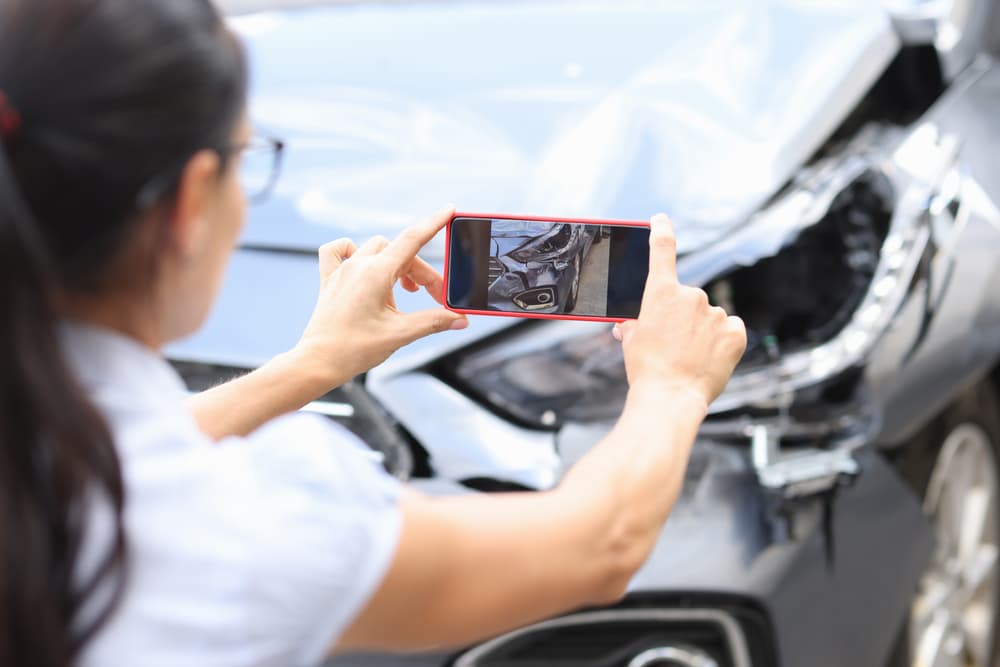
Cell phone records are commonly used in car accident cases, especially when the at-fault driver caused the collision due to cell phone use.
These records show:
- Call logs: The phone number called, the time of the call, the duration of the call, and whether the call was incoming or outgoing.
- Text logs: The phone number of the person texted and the date and time of the message.
- Cell site data: The location of the cell phone tower the phone was connected to at any given moment, showing the phone’s location.
When cell phone use is the cause of a collision, drivers usually attempt to refute these claims, arguing they were not on their phones at the time of the collision. However, cell phone data can show that the driver was on the phone or texting when the crash occurred.
Vehicle Data
Vehicles are often equipped with technology that can provide valuable data, such as:
- Event data recorders (EDRs): Black boxes that record information about the vehicle’s speed, braking, and acceleration before and during the accident.
- Dashcam footage: If available, recordings from a dashboard camera can offer a direct view of the accident as it happened.
Data from a car can offer objective evidence of how the collision occurred, including factors like speed and braking patterns. It can help in cases involving disputed fault.
Witness Testimonies
Eyewitness accounts can come from:
- Other drivers: Individuals who were on the road at the time of the accident and saw it occur.
- Passerby: Pedestrians or bystanders who observed the accident and its aftermath.
- Passengers: People inside the involved vehicles who can provide firsthand accounts.
Witness testimonies can corroborate evidence or offer perspectives supporting your version of events. They can also help refute false claims made by the opposing party.
Expert Testimonies
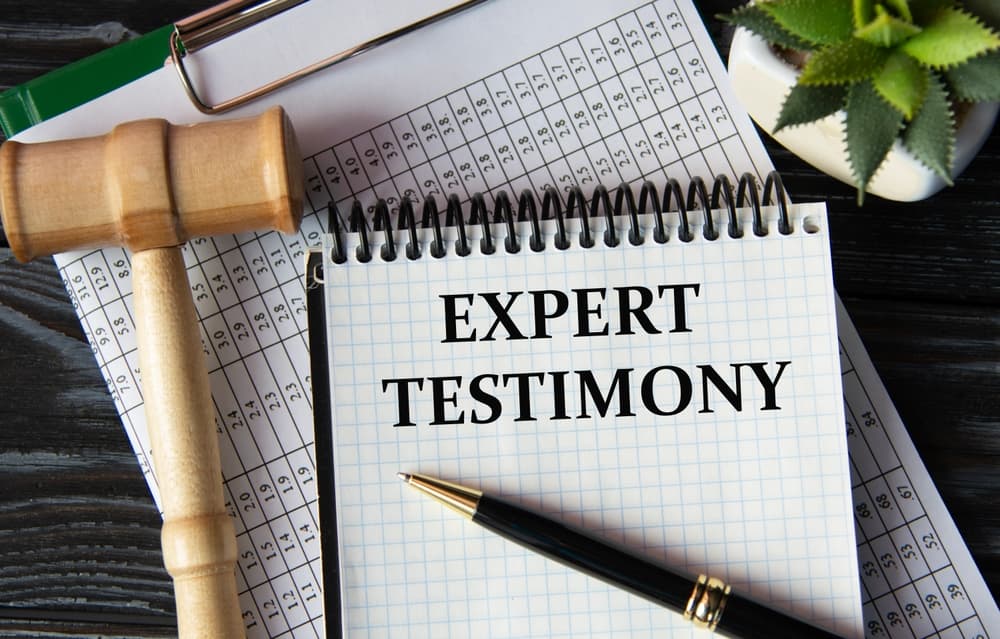
In some cases, expert witnesses can provide specialized knowledge relevant to your case.
It may include:
- Accident reconstructionists: Professionals who can reconstruct the accident based on physical evidence and witness accounts.
- Medical experts: Doctors who can explain injuries’ nature and long-term implications.
- Forensic specialists: Experts who can analyze data such as vehicle black box information.
Expert testimonies can lend credibility to complex aspects of your case, such as the accident’s mechanics or the injuries’ severity. Their insights can clarify technical details that a layperson might not understand.
Traffic Citations
A traffic citation issued to the responsible driver at the scene accident can aid in proving both cause and liability.
Depending on the circumstances, a driver may get cited for:
- Speeding
- Running a stop sign or red light
- Failing to yield
- Following too closely
A driver breaking the law can have a substantial impact on your case. Part of proving your case is showing that the other driver was negligent, meaning they failed to act like a reasonable person would have acted in similar circumstances.
Proving negligence requires satisfying four elements: duty (they owed you a duty of care), breach (they breached this duty), causation (their actions caused your accident), and damages (you suffered injuries and losses).
When a driver does something illegal, this results in negligence per se, meaning the individual is considered to have breached their duty. As a result, you will only need to prove causation and damages.
Traffic citations can aid substantially in deciding and proving liability following your car accident.
Insurance Information
Insurance policies and communications can play a significant role in your case, including:
- Policy details: Information on coverage limits, exclusions, and insurance policy terms
- Claim correspondence: Emails, letters, or phone records of communications with insurance adjusters
Insurance documents and communication records help establish the scope of coverage and can demonstrate whether the insurance company is fulfilling its obligations. They can also be used in negotiating settlements or in court proceedings.
Driver Statements
Statements made by the at-fault driver in an accident can include:
- Admission of fault: Any statements where a driver admits responsibility for the accident
- Statements to insurance: What a driver says to their insurance company about the collision
Admissions of fault can provide evidence of liability. However, insurance companies can misinterpret or take statements out of context, so other evidence should corroborate them.
This is why it’s important to be careful with what you say following an auto collision. What you say may come back later on and insurance companies can use them against you. Therefore, say as little as is necessary, especially when speaking with insurance companies.
Traffic and Road Conditions
Conditions at the time of the accident can influence the outcome of your case.
This evidence can include:
- Weather reports: Information about the weather conditions at the time of the collision, like rain, fog, ice, etc.
- Road maintenance records: Details on any ongoing construction or road defects that might have contributed to the accident.
Environmental factors can affect driving conditions and play a role in determining fault. For instance, poor road maintenance may have contributed to your accident, influencing the liability assessment. You can hold a governmental entity or maintenance company at fault in such a situation.
Working with a Car Accident Lawyer After Your Collision
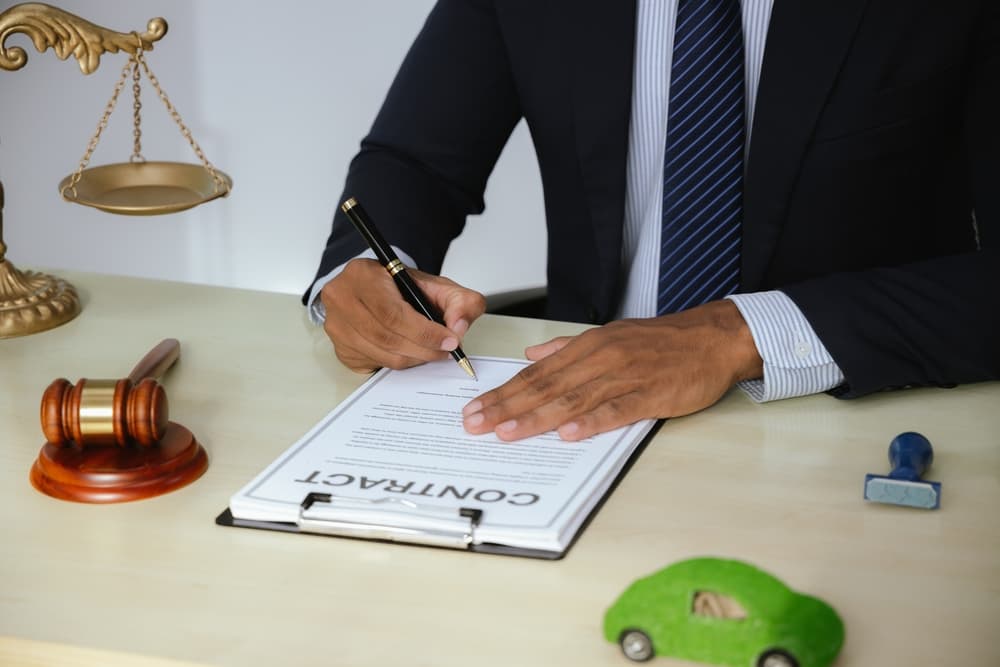
It’s fair to wonder whether you must hire a car accident attorney following an auto collision. However, when analyzing the pros and cons, you’ll find the advantages far outweigh any disadvantages.
A car accident lawyer can take over your case and handle every case-related task, from investigating your accident to negotiating for a fair settlement and everything in between. Among the many vital tasks your attorney will complete on your behalf, they’ll analyze your case to determine what evidence is available and how to obtain it.
Along with collecting pertinent evidence, car accident lawyers know how to use it. They’ll use the evidence to prove the most critical details of your case and work diligently to get you the case result you deserve.
Car Accident Evidence Can Help You Secure the Compensation You Need
Gathering and presenting the evidence is fundamental to building a solid car accident case. Each piece of evidence, from police reports to expert testimony, is critical in establishing the facts and supporting your claim.
Car accident attorneys have the experience, resources, and skills to assess the evidence needed for your case, collect such evidence, and use it to your advantage.
Call An Experienced Car Accident Attorney Today
Time is limited to take action following a car crash. Consult a local personal injury lawyer as soon as possible after your collision to get started on your case and maximize your chances of a successful outcome. Don’t try to navigate the legal system alone. Call today.

